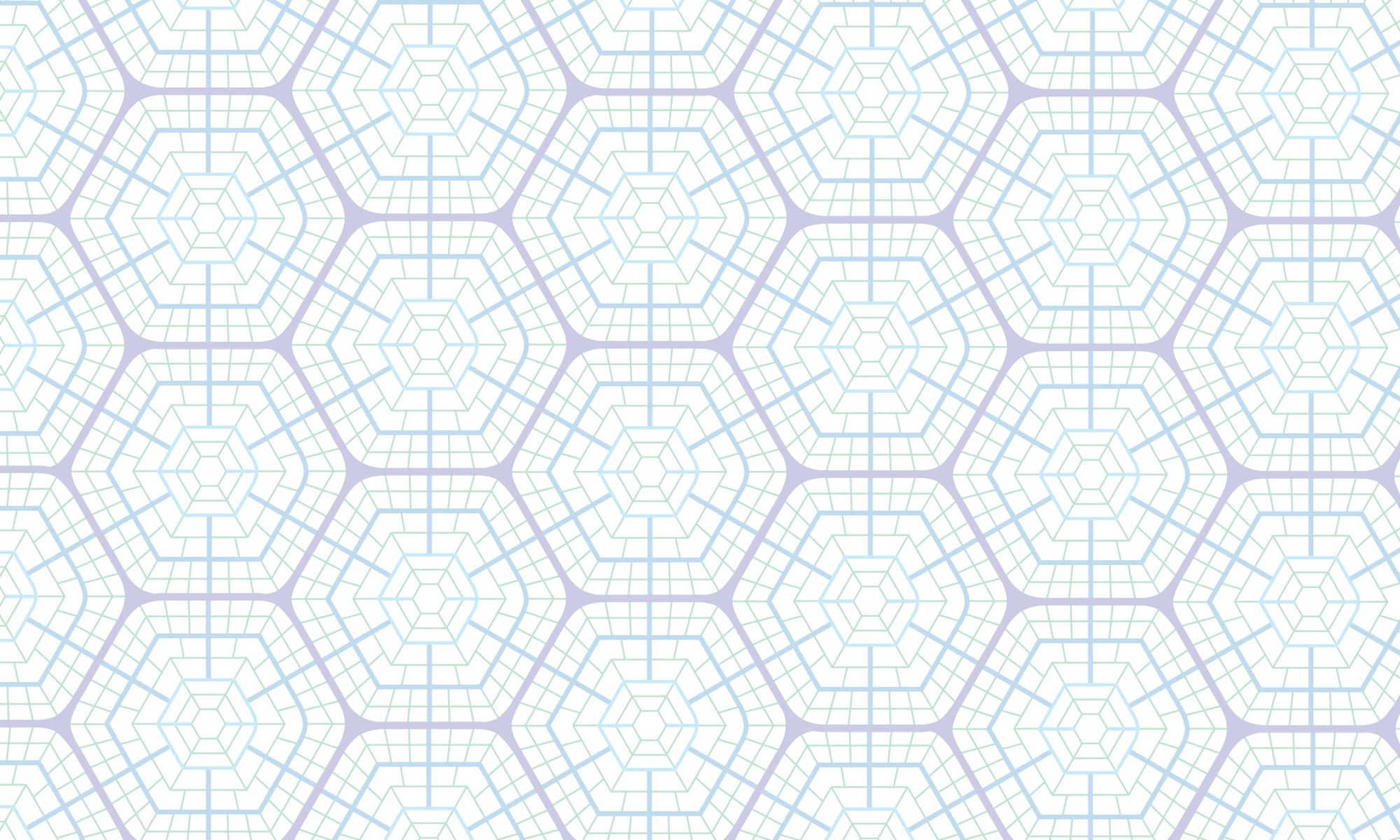The workshop introduced Fractal Urbanism, a mathematical approach to building cities that incorporates adequate public spaces, facilities and infrastructure at different scales. Its DNA incorporates algorithms that determine the types and quantities of facilities that must be built for any given population. After a short explanation of why Fractal Urbanism is a sound approach for self-sustaining cities, the participants got to design a 2.6 km2 neighbourhood for 45,000 people. Using markers and highlighters, the teams got to decide how they wanted their neighbourhood to look while taking care that the “proportions” of the facilities were kept.


April 27, 2017, Zumtobel Lichtzentrum, Berlin

